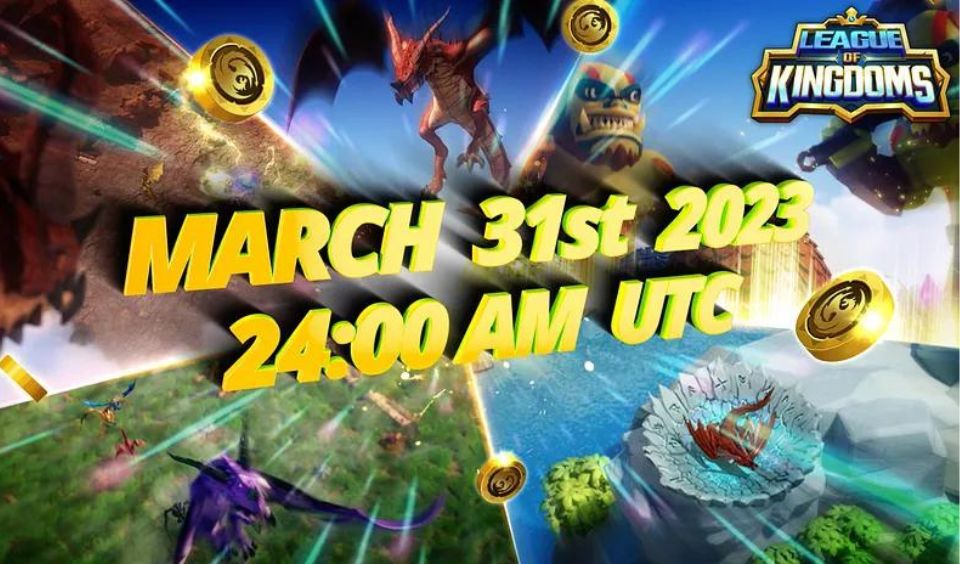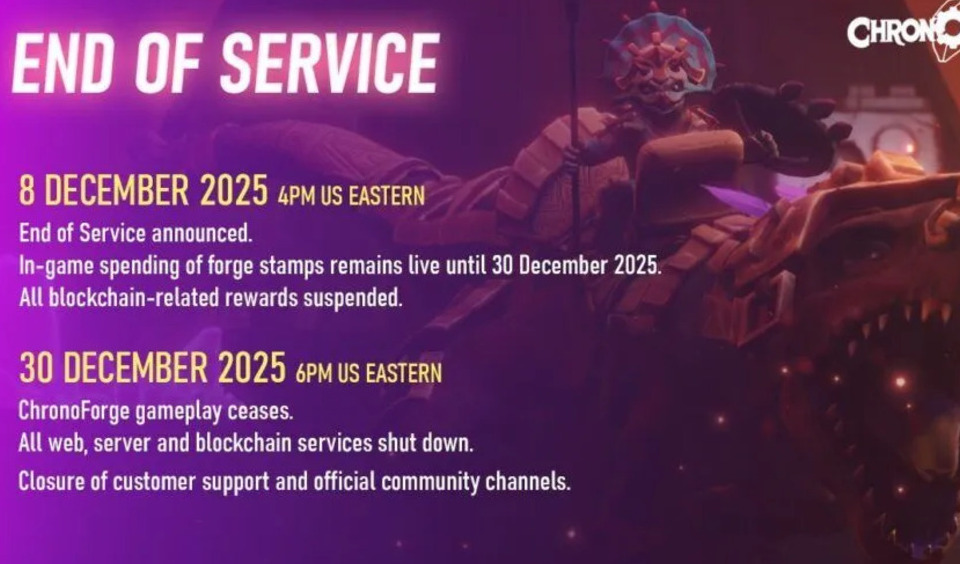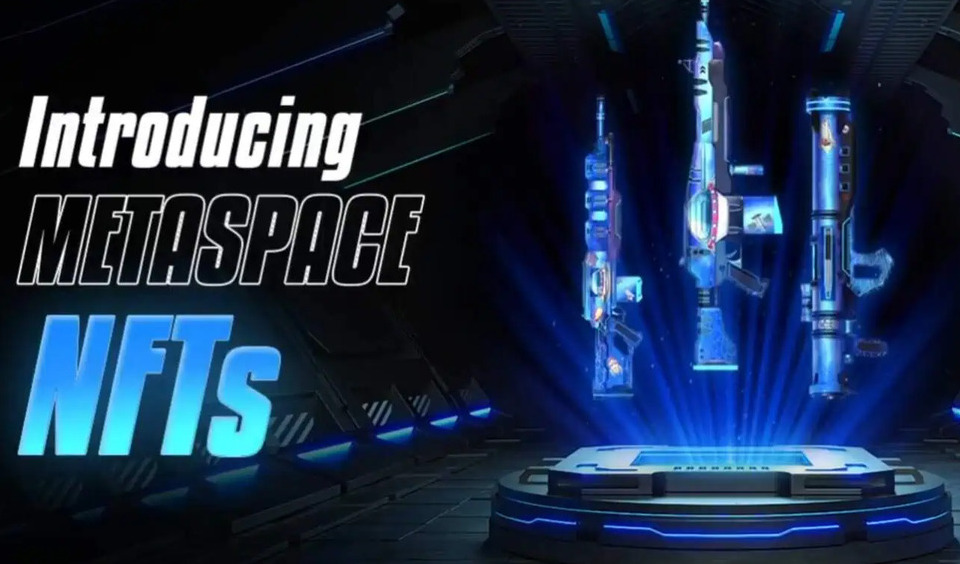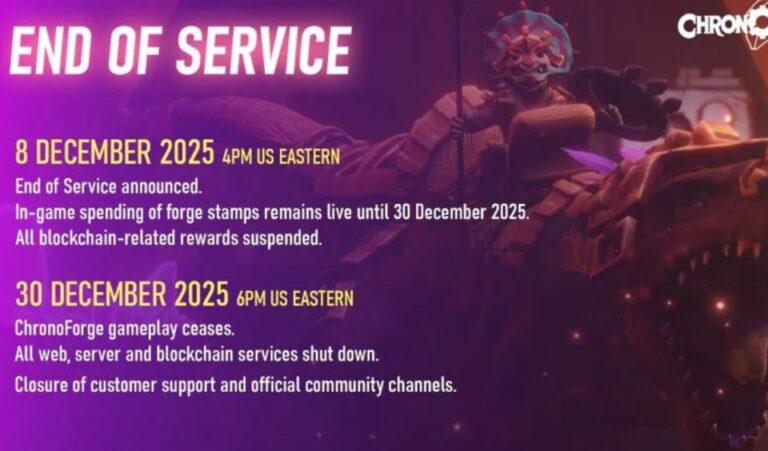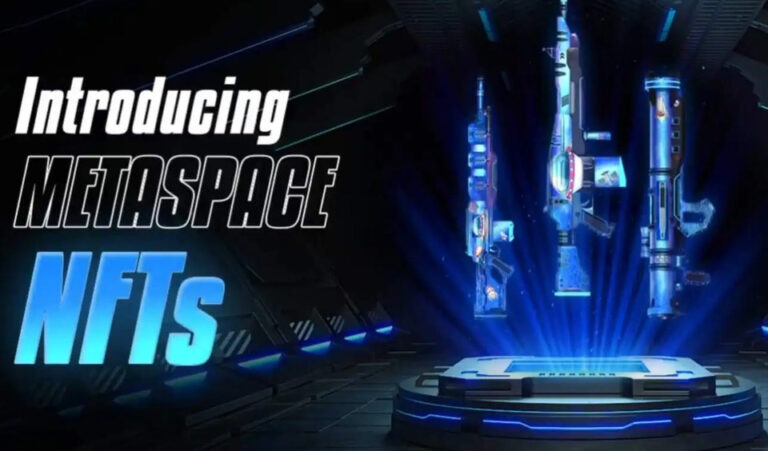League of Kingdom has released the Grand Drago Update. This is in preparation for the launch of this digital asset on the 31st of March on the in-game marketplace. The team gives players every necessary information on all aspects of gameplay that features this in-game character. This includes minting, breeding, upgrades, etc.
D-2⃣
📢📢
[THE GRAND DRAGO UPDATES for this LAUNCH]
is now updated on our Medium. Go Check out NOW
🔽🔽🔽https://t.co/NcY2X3d00C— LOK Universe (@lokverse) March 30, 2023
The Drago
Drago is a dragon-like creature that was tamed by the royal courts and currently lives within the confines of the League of kingdoms. Therefore, players can mint this animal as an NFT and use it in different aspects of gameplay. This includes mining Dragon Soul Amber – a special gem used to forge $DST.
This in-game character has 7 major body parts. They determine its appearance, buff abilities, elemental bonuses, and in-game statistics. These segments include:
- Head
- Eyes
- Horn
- Body
- Wing
- Tail
- Legs
Details of the League of Kingdom Grand Drago Update
League of Kingdom is releasing the Drago by the end of the month. After much consultation and research, the team decided that it will mint this digital asset on the Polygon blockchain. One of the major types of research is because this web3 network has become part of the LOK ecosystem.
Considering this initiative, the team issues a tutorial for players to bridge Drago to Polygon and $LOKA between Polygon and Ethereum. Meanwhile, this process can take up to 1 hour to complete. Users must set the correct network when the bridging starts. Upon completion, your tokens and NFTs will be sent to the same wallet address of the receiving network.
Another highlight of the League of Kingdom Grand Drago Update is breeding. During the process of doing so, there are probabilities of the resulting dragon taking the body parts of either parent. The image below shows how this system works:

Players can only breed these in-game characters a maximum of 7 times. With each count, the volume of $DST and $LOKA fee required increases.
Below is a breakdown of the cost for each breed-count:
- 1: 250 $DST and 50 $LOKA
- 2: 325 $DST and 65 $LOKA
- 3: 425 $DST and 85 $LOKA
- 4: 550 $DST and 110 $LOKA
- 5: 725 $DST and 140 $LOKA
- 6: 925 $DST and 185 $LOKA
- 7: 1250 $DST and 250 $LOKA
Meanwhile, the cost is for a single parent. This means that you will have the following outcome if you cross-breed a parent with 1 count and another with 4 counts:
250 + 550 = 800 DST
50 + 110 = 160 LOKA

